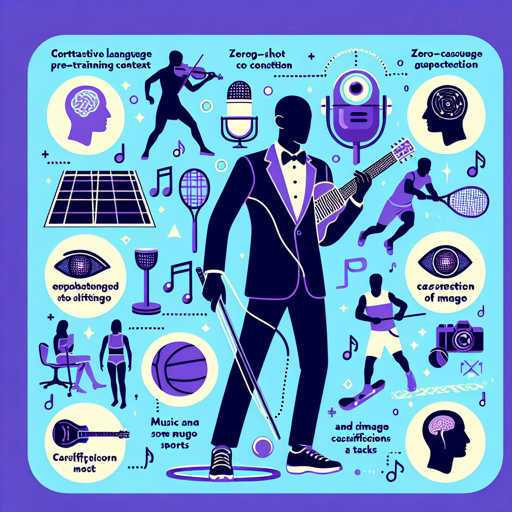The CLIP model, crafted by the brilliant minds at OpenAI, is a powerful tool designed to unleash the potential of computer vision in a zero-shot context. This guide will walk you through its features, how to deploy it, and help you troubleshoot common issues you may encounter while working with this model.
Understanding the CLIP Model
CLIP stands for Contrastive Language–Image Pre-training, and it was developed to evaluate how well models can generalize over various image classification tasks without explicit retraining. Think of it like a multi-talented performer who can switch between music and sports at will, demonstrating remarkable versatility based on their skills—just like CLIP adapts to different image classification tasks.
How to Use CLIP in Your Projects
Here’s a step-by-step guide on how to implement the CLIP model using Python.
Step 1: Setup Your Environment
- Make sure you have Python installed (preferably Python 3).
- Install the required libraries using:
pip install transformers Pillow
Step 2: Load the Model and Processor
Now that your environment is set, you can load the CLIP model and processor. Use the code below:
from PIL import Image
import requests
from transformers import CLIPProcessor, CLIPModel
model = CLIPModel.from_pretrained('openai/clip-vit-base-patch16')
processor = CLIPProcessor.from_pretrained('openai/clip-vit-base-patch16')Step 3: Process Your Images
Next, you need to prepare your image and text inputs. Replace `
url = ''
image = Image.open(requests.get(url, stream=True).raw)
inputs = processor(text=["a photo of a cat", "a photo of a dog"], images=image, return_tensors="pt", padding=True) Step 4: Get Outputs
The following code will give you the similarity scores between your image and the text descriptions:
outputs = model(**inputs)
logits_per_image = outputs.logits_per_image # this is the image-text similarity score
probs = logits_per_image.softmax(dim=1) # we can take the softmax to get the label probabilitiesTroubleshooting Common Issues
It’s important to note that while using CLIP, you might face some common challenges. Here are some troubleshooting tips:
- Issue: Errors during model loading.
Solution: Ensure your internet connection is stable, and the libraries are properly installed. - Issue: Unexpected output or low accuracy scores.
Solution: Check your input data, especially the selected image and the relevant text descriptions you are using. Also, remember that CLIP is not designed for status quo deployment without further modifications. - Issue: Difficulty in understanding the output scores.
Solution: The logits_per_image represent the similarity between the image and the text descriptions on a scale; applying softmax helps to interpret these scores as probabilities.
For more insights, updates, or to collaborate on AI development projects, stay connected with fxis.ai.
Conclusion
At fxis.ai, we believe that such advancements are crucial for the future of AI, as they enable more comprehensive and effective solutions. Our team is continually exploring new methodologies to push the envelope in artificial intelligence, ensuring that our clients benefit from the latest technological innovations.

